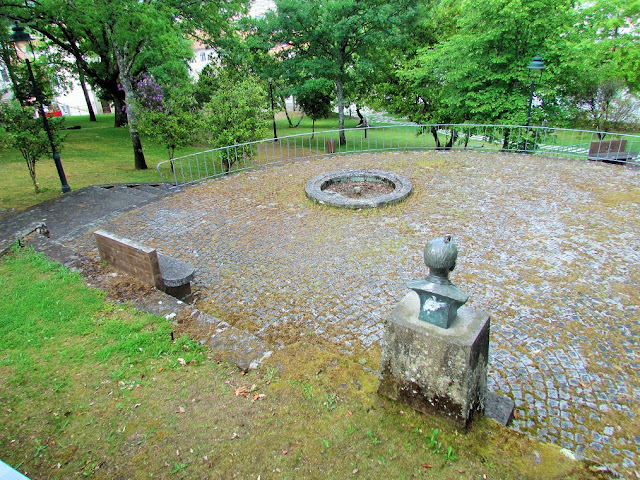BOTICAS
N 41.686584; W 7.668292
Boticas belonging to the district of Vila Real, to the North Region, to the sub-region of Alto Tâmega, and has 1,280 inhabitants (2011).
It is the seat of a municipality with 321.96 km² of area and 5 750 inhabitants (2011), subdivided into 10 parishes. The municipality is limited to the west and northwest by the municipality of Montalegre, to the east by Chaves, to the southeast by Vila Pouca de Aguiar, to the south by Ribeira de Pena, and to the southwest by Cabeceiras de Basto. The municipality was created in 1836 by dismembering Montalegre.
One of the most interesting points in terms of tourism is the Nadir Afonso Arts Center, which brings together an important collection of works by the artist and Boticas Parque Natureza e Biodiversidade with a very rich natural and cultural heritage being the main attraction of the municipality.
Physical geography
The municipality of Boticas is situated in the northwest part of the Alto Trás-os-Montes in the district of Vila Real, surrounded by five other municipalities: to the north, the municipalities of Montalegre and Chaves, to the south by the Ribeira de Pena; to the east by Chaves and Vila Pouca de Aguiar; and to the west by the municipalities of Montalegre and Cabeceiras de Basto. Its area extends from the Tâmega River until the Serra das Alturas and Serras de Melcas, in addition to the Serra dos Marcos until the Serras do Leiranco and Serra de Pastoria. It is part of the group of municipalities referred to as the Alto Tâmega, integrated into the legendary "Region of the Barroso", that is constituted by a compact mass of highlands, accented topography, peaks, and sierras separated by large depressions.
There are primarily two agricultural zones: the lowlands, formed by the interior watershed of the Terva and Beça Rivers (site of vineyards, orchards, and cereal fields); and the highlands, (constituted by pasturelands used for cultivation of olive trees, vineyards, potato and rye fields).
Climate
The climate is cold but dry, conditioned by numerous factors, such as the latitude, altitude, its proximity to the ocean, and the predominant vegetation. Its winters are characterized by long cold periods, interspersed by snowfalls and ice-storms, with several weeks of below zero temperatures. The spring, by rule, is very cool, and susceptible to cold streaks until May, when the vegetation blooms. Summer temperatures are over 35/40 °C.
Economy
Boticas is known for "vinho dos mortos" (English: wine of the dead). During the invasion of the French army between 1807 and 1809, the inhabitants buried their locally produced wine in the sandy soil rather than let it fall into the hands of the enemy. After Napoleon's army, led by General Andoche Junot, was gone, they dug up the bottles.[9] Initially fearing that the wine had spoiled, the locals found the low temperatures and darkness seemed to concentrate the flavors and improve the taste. The practice of burying them for about two years it still routine and the wine is sold under the title of Vinho Regional Transmontano with the label of Armindo Sousa Pereira.
💓💓💓💓💓
SEARCH IN ALPHABETICAL ORDER IN
THE DISTRICT OF VILA REAL.
💓💓💓💓💓
Return to mainland Portugal &
the Azores and Madeira islands




















































































